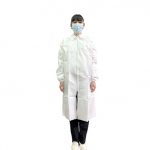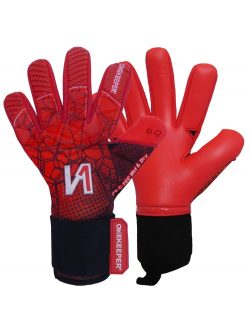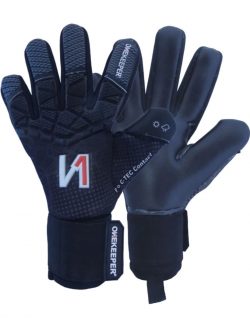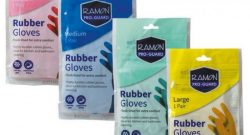Nitrile Glove
Nitrile gloves perform excellent features as a type of disposable gloves, very soft, and strong enough to do anything disposable gloves can do. They offer the best splash protection against chemicals among the disposable gloves, they also have excellent barrier properties against biohazards, water-soluble substances, weak acids and bases, aliphatic solvents as well as oils and fats. They do not contain latex proteins which reduces the allergic reaction risk.
For the medical industry, nitrile gloves get the highest rate regarding safety and durability. They are reliable for the most hazardous tasks in a hospital. Nowadays, nitrile gloves are also massively used in other industries, such as food processing, homework, agriculture, animal husbandry, chemical laboratories, automotive and precise instrument manufacturing.
What are the Nitrile Gloves Made of?
Nitrile gloves are made of nitrile rubber, a reprocessed form of latex, from butadiene (H2C=CH-CH=CH2) and acrylonitrile (H2C=CH-CN), mainly produced by low-temperature emulsion polymerization.
The features of nitrile gloves depend on the composition of butadiene and acrylonitrile. The butadiene component gives the copolymer elasticity and resistance to low temperatures, acrylonitrile is responsible for the good chemical resistance. Increasing the content of one of these components will reduce the propriety of the other. Thus, the manufacturer need to equilibre the ingrediants to produce the market required products.
















